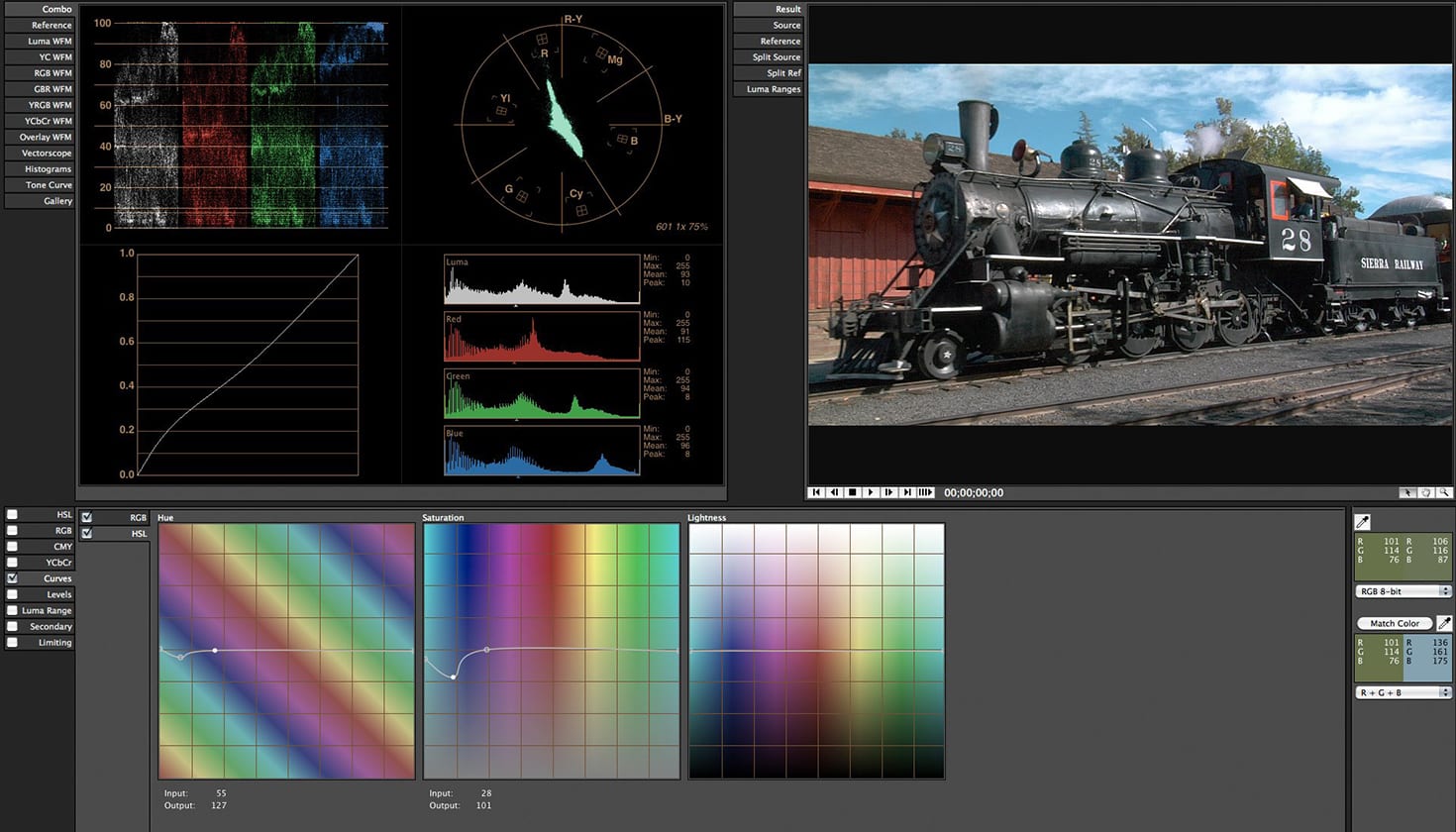
+ Linked in with this rewrite, multiprocessing is greatly improved. Michael Coleman (After Effects product manager) recently posted some benchmarks a 30% improvement is typical. The chart below provides some typical scenarios for the types of improvements you should see with varying configurations note that the more RAM you have, the bigger the difference: The most obvious advantages are longer RAM Previews, the ability to handle larger media and create larger comps without out-of-memory errors, and the option to work at higher bit depths than you normally would for improved color fidelity. + After Effects can take advatange of all of the available memory in your computer, instead of being restricted to 2-4 GB per instance of the application (depending on OS). This brings several pros and a few provisional cons: The largest fundamental change in After Effect CS5 is rewriting it to be a 64-bit native application. Meanwhile, here’s some of the significant new features in After Effects CS5:

ADOBE AFTER EFFECTS COLOR FINESSE FREE
(If you don’t have a subscription, click here for a free 7-day all-access pass.) Finally, we have completed on the fifth edition of our book Creating Motion Graphics with After Effects (“CMG5” for short), which covers the major new features in both CS4 and CS5. In addition to this preview, we also have a 2.5 hour course we’ve created for on AE CS5 called After Effects CS5 New Creative Techniques.
ADOBE AFTER EFFECTS COLOR FINESSE PLUS
Adobe has seeded us with preliminary versions, and hired us to help create some documentation on the new release we wanted to share with you our own impressions plus insights into the new features in After Effects CS5. The subject of color is pretty deep, and while you can learn the basics from a few tutorials online, it really requires a lot of study.Adobe has officially launched Creative Suite 5, which includes major updates to virtually all of their applications. Alexis Van Hurkman has written an excellent book, Color Correction Handbook, which I recommend to everyone. Walter Biscardi published some training that’s specific to Apple Color, but it contains a lot of good general theory, too, and it’s marked down since Color has been EOL’ed. There are quite a few color tutorials here on the COW. There is a huge amount of good color training available online. “Anywhere, do you know any tutorial for this specific job (Color Matching I just said) cause I found just tutorial for simple color correction.” If you’re trying to create an expressive color look, you’d do that here as well. If you’re trying to match back to a specific look, you’d do that here. Once the image is balanced, you can then perform additional primary or secondary operations to actually color the image.

Well-balanced images should intercut well with each other, but not necessarily with other footage, so this is not really color matching.

The first step in color grading is usually to balance the image - bring it to a reasonable neutral place to begin work.

“sorry, but Color Correction you mean comes after color matching… but you can’t make a Color Correction before the color matching process…īefore – so I know – you have to “balance” all color from your others images (this is color Matching, I know)with the reference colors background and than, when your images have the same color value you can make Color Correction.


 0 kommentar(er)
0 kommentar(er)
